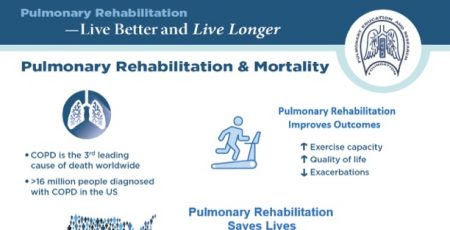12 Jul What If You Decide on Comfort Care Instead of Curative Medical Treatment?
You might have heard that former first lady Barbara Bush opted, at the end of her life, to stop receiving curative-focused medical care. She made the decision to return home, where she would receive comfort care. What does comfort care mean, exactly?
Broadly speaking, comfort care consists of the administration of drugs or other treatments that focus on pain relief, symptom control, and maintaining or enhancing quality of life. Two well-known forms of comfort care are hospice and palliative care.
Hospice Care
When a person receives hospice care, a team made up of a physician, a nurse, a social worker, therapists, counselors, home health aides, spiritual support people, and volunteers give medical, emotional, social, and spiritual care to the patient. What is provided is not the same for everyone; the care and services are tailored to the individual’s specific needs.
Palliative Care
Preventing and treating suffering are the main goals of palliative care; suffering is defined to include not only physical pain, but also intellectual, emotional, social, and spiritual needs.
“Under the philosophy of hospice and palliative care, the goal is care and not cure,” says Edo Banach, President and CEO of the National Hospice and Palliative Care Organization (NHPCO).
Who Might Choose Hospice?
Hospice care is not necessarily only for those who are near death. People with cancer, dementia, heart disease, COPD, renal disease and other illnesses might seek hospice services. Typically, hospice care is provided at home, although it can be made available also in nursing homes, assisted living facilities, and in-patient facilities.
What About Medicare Coverage?
To be eligible for Medicare benefits for hospice care, a person must have a medical prognosis of six months or less, but if the patient actually lives longer, the Medicare benefit will continue; it will not be cut off after six months.
Palliative care benefits are a little different; Medicare can cover services without a six-month prognosis, and such services even can be provided alongside curative or life-prolonging medical treatment.
When Should You Seek Comfort Care?
Hospice professionals feel that most people wait too long to reach out for hospice services; of the 1.5 million patients who receive hospice care every year, almost 30 percent receive such services for only seven days or less. This is not enough time, they say, to really take advantage of all that hospice offers.
“If a family is struggling with a serious or life-limiting illness, it is never too early to reach out to your local hospice and ask about the care they offer and if it might be right for a loved one,” Banach says.
Seeking hospice care is not giving up, says Lori Bishop, NHPCO Vice President of Palliative and Advanced Care. It is instead a move toward gaining the best possible support for the whole person and his or her caregivers to improve the quality of life for everyone involved.
Information for this article was obtained from the National Hospice and Palliative Care Organization.
——————-
KEYWORDS: comfort care, hospice care, palliative treatment, end-of-life care, support for chronic illness, support for life-limiting illness





Bruce Buckner
Posted at 16:00h, 23 JulyIt is important to note that unlike hospice, palliative care does NOT require the patient to forsake curative care. Palliative care may, in fact, increase the effectiveness of curative care by acting as voice for the patient aiding in the patient’s communication with their regular doctors. They also tend to put more emphasis on the patients emotional well being, which when properly treated also aids their physical treatment. For more information:
https://getpalliativecare.org/
PERF
Posted at 17:57h, 26 JulyThese are important points to bring to everyone’s attention. Thank you for providing this information.